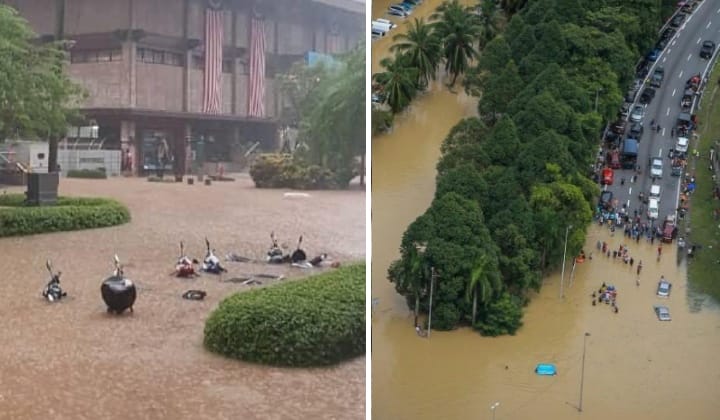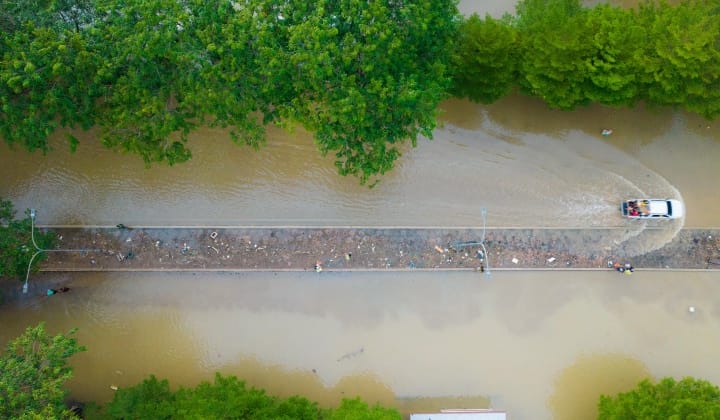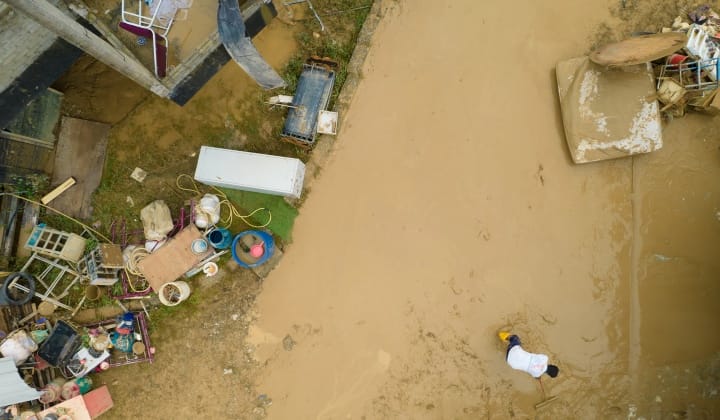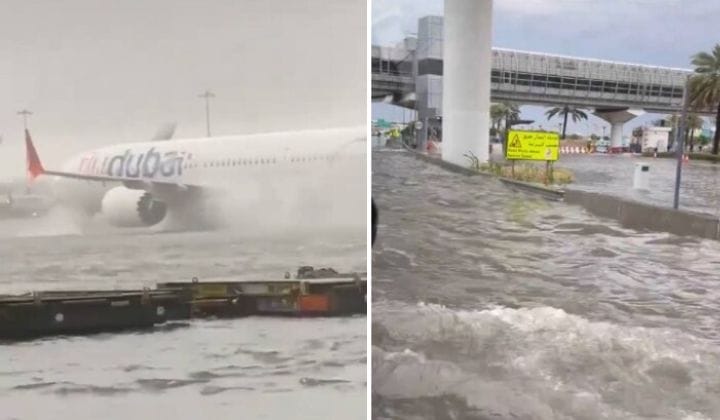Malaysia Can Expect To Face Stronger Storms, Climate Change Experts Say
There is an increased likelihood of bad weather affecting you, which could potentially disrupt your plans.

Subscribe to our Telegram channel for the latest stories and updates.
The number of extreme weather occurrences in the country had been increasing recently, and current predictions suggest that trend will continue.
Climate change experts said Malaysia is expected to experience stronger cyclones or storms in the near future due to rising temperatures.
Universiti Putra Malaysia (UPM) environmental scientist Haliza Abdul Rahman said the warning is based on simulations done for a period of 100 years using 10,000 years of simulation data.
She was quoted by Malaysiakini as saying that Malaysia may face more intense tropical cyclones in the near future.
The conclusion is based on simulations of central pressure at maximum storm levels for the future.
More extreme weather conditions could be linked to climate change, where higher temperatures lead to increased wind speeds.
As more steam evaporates into the atmosphere, it becomes heat for more intense storms to occur. More heat in the atmosphere and higher sea surface temperatures can lead to increased wind speeds in tropical storms.
UPM environmental scientist Haliza Abdul Rahman on intense storms becoming more frequent.

Hotter And Wetter Days Ahead
Haliza, who is an associate professor who has authored various journals on the issue, added that Malaysia may face high temperatures in the distant future.
Based on projections, some Malaysians might have to endure more than 240 days a year in temperatures above 35 degrees Celsius in the 2050s.
By 2090, most of Peninsular Malaysia may face the same problem.
UPM environmental scientist Haliza Abdul Rahman on the climate crisis and its implication for Malaysians.
Haliza was commenting on the situation of flash floods that hit the Klang Valley recently, which was due to the unusual amount of rainfall.
She said Malaysia has experienced “significant and continuous weather improvements”, with an average of 0.4 degrees Celsius increase per decade, over the past four decades.
The finding is based on data from the Malaysian Meteorological Department.
Carbon dioxide emissions increased at a higher rate between 1990 and 2010, causing a change in temperature from 0.7 to 2.6 degrees Celsius.
This means that some locations experience heavier rainfall than usual, while some other locations experience drought or drier conditions.

The situation could be attributed to the increase in greenhouse gas emissions, made worse by deteriorating environmental conditions due to population and rapid economic growth.
Therefore, the country has experienced a large increase in rainfall over the years, leading to an increase in the incidence of floods, landslides, hurricanes, and other weather-related incidents.
UPM environmental scientist Haliza Abdul Rahman on the the weather becoming more extreme.
Haliza added that the country has no choice but to get its act together.
She advised the government to take various initiatives to minimize damages/costs caused by natural disasters.
An improved early warning system, better control and more efficient delivery of information will help save lives and reduce economic losses.

Three Hours Of Heavy Rain Could Drown Kuala Lumpur
Heavy rains continued with a distribution of more than 155 millimetres (mm) in just three hours can drown parts of Kuala Lumpur and some Klang Valley areas if no immediate mitigation measures are taken.
Bioengineering, flood and environmental experts also believe that the Klang Valley has developed too rapidly.
As a result, many areas turned into ‘concrete jungles’, thus disrupting the natural absorption of rainwater.
@fya_sofea #banjir#klcc #ya ♬ Ya Allah – Wali
According to them, the worrying situation is expected to adversely affect about 1.8 million residents of the capital.
The grim outlook is based on the rainfall recorded recently with mostly exceeding 100mm, thus causing floods to hit Kuala Lumpur.
Universiti Teknologi Malaysia (UTM) Center for Environmental Sustainability and Water Security Senior Fellow, Prof Dr Zulkifli Yusop, said apart from the high rainfall, the disaster was also due to poorly maintained drainage system factors and unplanned development.
He was quoted by Berita Harian that the recent floods, especially in the capital, were due to unusually heavy rains.
In just two hours, the existing drainage system could not cope with the very high water flow capacity.
At that time, high rainfall readings were recorded at Taman Desa SMART Station, Kuala Lumpur (106.5mm) and the Lumpur Hot Spring Station (155mm) in just two hours.
The readings clearly show that the rainfall distribution is no longer the same as before.
The latest readings record rainfall distributions are mostly in excess of 100mm.
If no immediate action is taken, heavy rain with readings exceeding 155mm in three hours could submerge part of Kuala Lumpur.
Prof Dr Zulkifli Yusop on how fast flash floods can gather steam in KL.
Share your thoughts with us via TRP’s Facebook, Twitter, and Instagram.








